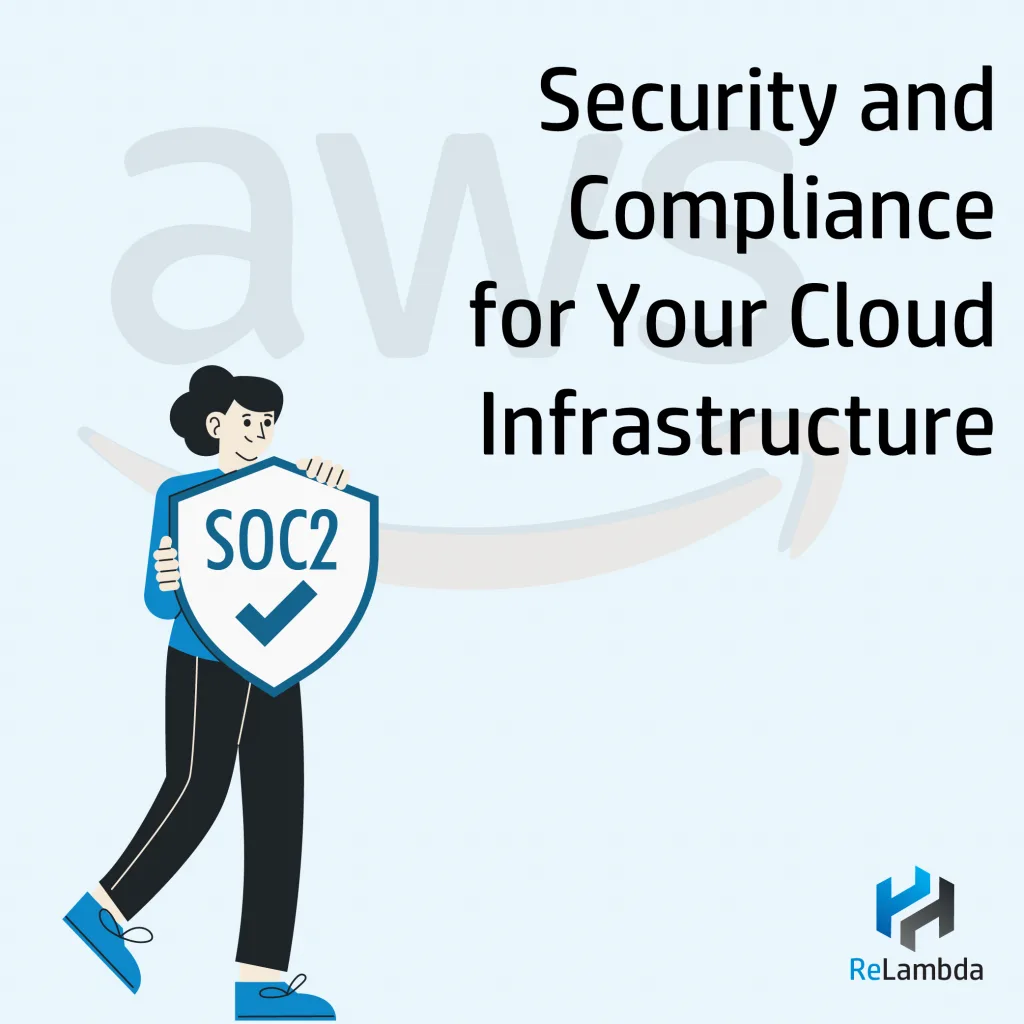Debunking Terraform Myths: What Every Beginner Should Know
Hey there! 👋 I’m currently diving into Terraform as part of my internship, and wow, it’s been an exciting journey! While learning about this amazing tool, I stumbled upon quite a few misconceptions people (including myself at first) have about it. I wanted to share these to help others avoid the confusion I faced. Let’s bust some myths about Terraform together! 🚀
1. Terraform is Just Another Configuration Management Tool
- When I first heard of Terraform, I thought it was like Ansible or Puppet. 🤔 Turns out, it’s more about setting up infrastructure (like servers or databases) rather than configuring what runs on them. Think of Terraform as building the stage, not managing the performers.
2. Terraform Only Works with Cloud Providers
- I assumed Terraform was all about AWS or Google Cloud. Nope! 🙅♂️ It also supports tools like GitHub, DNS providers, and even VMware for on-premises stuff. Basically, if you need infrastructure, Terraform likely has a provider for it.
3. Terraform is Just for DevOps Pros
- Honestly, I thought Terraform was a DevOps-only club. Turns out, anyone curious about automating infrastructure—developers, IT admins, or even us interns—can use it. It’s surprisingly beginner-friendly!
4. Terraform Auto-Updates Everything
- I expected Terraform to magically apply changes the moment I tweak my code. 😅 But nope, you need to run commands like
terraform applyto make things happen. This manual step is actually great for avoiding accidental chaos.
5. Terraform Tracks State Dynamically
- I had this idea that Terraform somehow “knows” everything about my infrastructure. In reality, it relies on a state file to track what’s out there. Losing or messing up this file can cause serious headaches, so keep it safe! 🗂️
6. Terraform is Always Idempotent
- “Idempotent” is just a fancy word for “no surprises when you run it twice.” While Terraform is mostly idempotent, things like manual changes to your resources can mess this up. Lesson learned: don’t touch resources outside Terraform!
7. Terraform Solves Every Problem
- I thought Terraform was the ultimate problem-solver for infrastructure. But sometimes, edge cases or complicated workflows need extra help, like custom scripts. It’s powerful, but it’s not magic. 🪄
8. Terraform is Free, So It’s Always Cheap
- The open-source version of Terraform is free, but managing big projects might mean using Terraform Cloud or Enterprise, which comes with a price tag. Also, if you’re not careful, mismanaged infrastructure can blow up your cloud bill! 💸
9. Terraform Providers Are Always Official
- I assumed all providers were created and maintained by the services they support. Not quite! Many are community-maintained, which is awesome, but it can mean fewer updates or limited features compared to official ones.
10. You Don’t Need to Organize Terraform Code
- I learned this the hard way. 😅 Throwing all your Terraform code into one big file feels easy at first, but it quickly becomes a nightmare. Using modules and organizing your files properly is a lifesaver as your project grows.
Final Thoughts
Learning Terraform has been a rollercoaster, but busting these misconceptions has made it easier to understand. It’s not just a tool for DevOps pros; it’s for anyone who wants to automate and simplify infrastructure management. 💡
I hope my experience helps you on your Terraform journey.🌟


